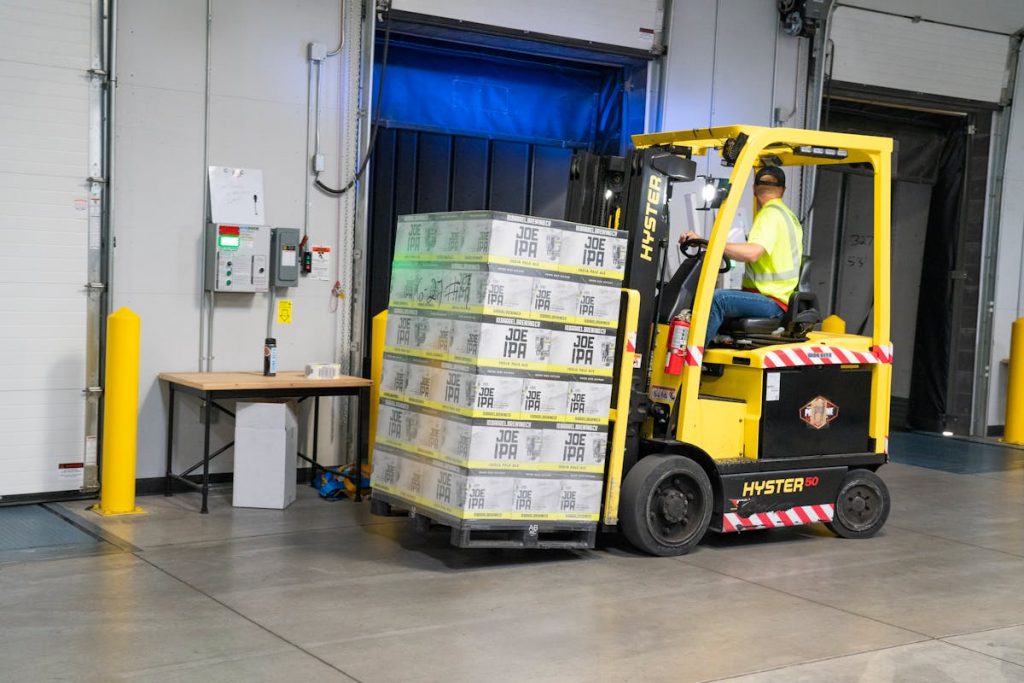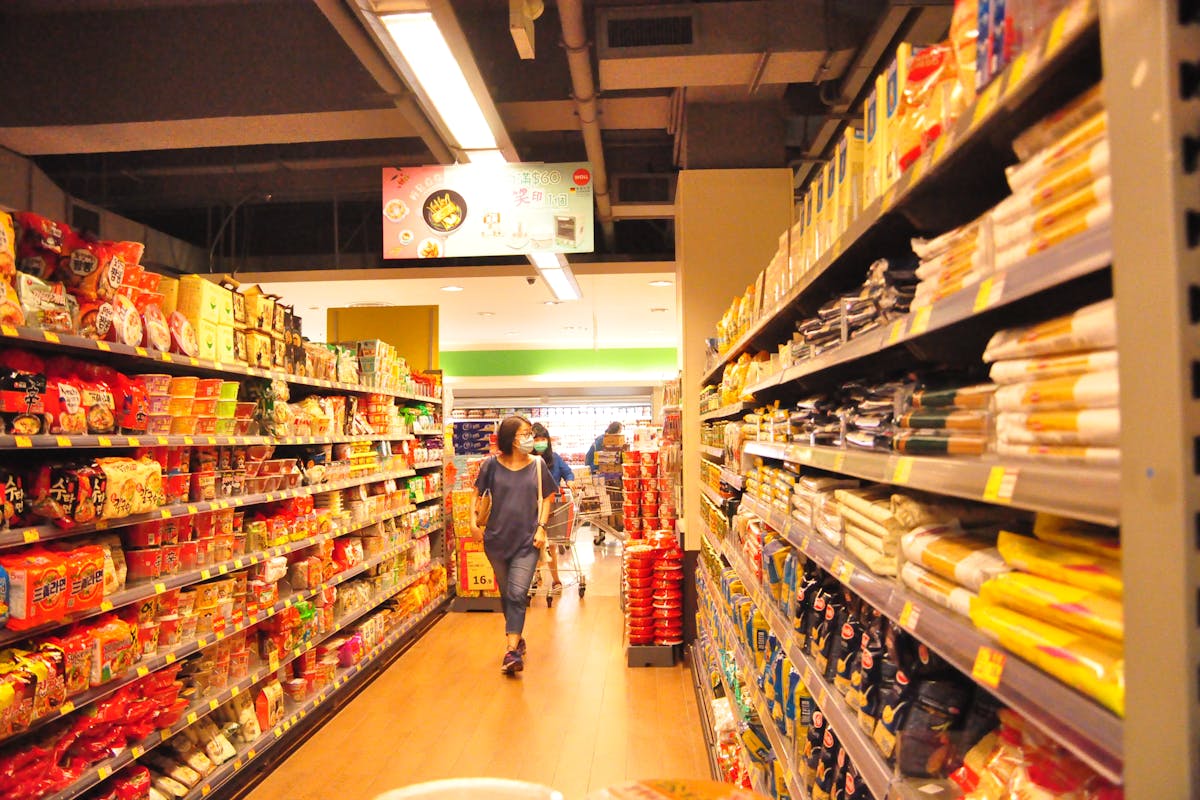
- Transportation system design, including vehicle maintenance, ensures the integrity of the cold chain.
- Heavy equipment aids in the organized movement of goods, maximizing storage capacity and minimizing damage risks.
- Cutting-edge technologies like IoT, RFID, and blockchain enhance operational efficiency and food safety.
- Certification programs validate competence and ensure a standardized understanding of food hygiene best practices.
- Traceability is crucial for swift responses to safety issues, reinforcing confidence in the food supply chain.
In the heart of Singapore’s bustling food distribution hub lies a critical commitment – ensuring safety. As a global food trading center, Singapore plays a pivotal role in the intricate web of food supply chains. This article delves into the multifaceted strategies employed to guarantee the safety of the food distribution process.
From stringent regulatory frameworks and innovative technological integration to robust infrastructure and environmental sustainability, each facet contributes to the overarching goal of safeguarding the quality and safety of the food journey within Singapore’s dynamic distribution network. Explore the comprehensive measures taken to maintain the highest standards in food safety.

Infrastructure and Facility Design
Ensuring the safety of a Singaporean food distribution hub begins with the foundation of robust infrastructure and facility design. The importance of proper infrastructure cannot be overstated, especially when dealing with the intricate logistics of food handling and storage. Warehouses, serving as pivotal nodes in the distribution network, require meticulous design to facilitate efficient and safe processes. Adequate spacing, organized layouts, and temperature-controlled zones minimize the risk of contamination and spoilage. Cold storage facilities, essential for preserving perishable goods, demand precision in temperature control and monitoring to uphold the integrity of sensitive food items.
Transportation System Design
Equally critical is the design of transportation systems connecting different points within the distribution network. Proper vehicle design and maintenance and adherence to food safety regulations during transit are paramount. Implementing technologies like temperature-controlled trucks ensures that the cold chain remains intact, preserving the quality of perishable goods from the distribution hub to their final destination.
Scalable and Adaptable
A forward-looking approach to infrastructure design considers scalability and adaptability to evolving food safety standards. With the dynamic nature of the food industry, facilities must be equipped to integrate emerging technologies and accommodate changing regulatory requirements, reinforcing Singapore’s commitment to maintaining the highest safety standards throughout its food distribution hub.

Heavy Equipment
In the dynamic landscape of a Singaporean food distribution hub, the seamless movement of products within the facility is imperative for maintaining operational efficiency and safety standards. Heavy equipment emerges as an indispensable asset in this intricate dance of logistics.
Investing in reliable forklifts in Singapore is pivotal in streamlining internal processes. Forklifts are essential for the efficient loading and unloading of goods, especially in busy warehouses where a swift and organized flow of products is crucial. The compact design and maneuverability of forklifts enable them to navigate tight spaces, maximizing storage capacity and minimizing the risk of damage to goods.
Technology Integration for Food Safety
In the realm of food distribution in Singapore, technology integration emerges as a key player in ensuring operational efficiency and the paramount aspect of food safety. Cutting-edge technologies such as the Internet of Things (IoT), Radio-Frequency Identification (RFID), and blockchain are revolutionizing how food is handled, monitored, and traced within the distribution hub.
IoT
IoT, with its network of interconnected devices, provides real-time monitoring of various parameters critical for food safety, including temperature, humidity, and storage conditions. RFID technology enhances traceability, allowing for the seamless tracking of products through the supply chain. This aids in swiftly identifying and removing any items that may pose a risk to food safety.
Blockchain
Blockchain, known for its decentralized and secure ledger system, ensures transparency and accountability in food distribution. It facilitates end-to-end traceability, enabling stakeholders to trace the journey of each product from its origin to its destination. This transparency enhances food safety and builds consumer trust in the supply chain.
Training and Certification Programs
In the context of a Singaporean food distribution hub, the emphasis on ensuring food safety extends to the crucial role played by the workforce. Robust training programs equip staff with the knowledge and skills to adhere to stringent food safety standards. Training initiatives cover various aspects, including proper handling, storage, transportation procedures, and emergency response protocols in case of incidents like spills or contamination.
Certification Program
Certification programs designed for food handlers and distribution staff further contribute to maintaining high food safety standards. These programs not only validate the competence of individuals but also ensure a standardized understanding of best practices in food hygiene. Certification often involves comprehensive courses covering proper sanitation, temperature control, and adherence to safety regulations. In Singapore, these programs align with national and international standards, ensuring that the workforce is well-prepared to handle the intricacies of food distribution while prioritizing safety at every step.
Supply Chain Traceability and Transparency
In the intricate network of a Singaporean food distribution hub, ensuring food safety involves prioritizing supply chain traceability and transparency. The ability to trace the journey of food products from source to destination is crucial for swiftly identifying and addressing potential safety concerns. Implementing advanced traceability systems, often leveraging technologies like RFID and blockchain, enhances transparency and accountability throughout the supply chain.
Response to Safety Issues
The importance of traceability lies in its ability to quickly pinpoint the origin of products, facilitating swift responses to any safety issues. This transparency reinforces confidence in the food supply chain and empowers distributors to meet and exceed regulatory requirements. In Singapore’s food distribution landscape, adopting robust traceability measures becomes a cornerstone for elevating food safety standards and fostering a resilient and trustworthy distribution system.
Crisis Management and Contingency Planning
In the dynamic realm of a Singaporean food distribution hub, crisis management and contingency planning are imperative components to ensure food safety. Robust strategies for managing food safety crises and emergencies are essential for swiftly responding to unforeseen challenges. These strategies encompass rapid identification of the issue, effective communication with stakeholders, and prompt implementation of corrective measures.
Contingency Plan
The importance of having well-defined contingency plans cannot be overstated. These plans act as a proactive shield against potential threats to food safety, offering a structured approach to crisis resolution. Contingency plans outline specific steps, responsibilities, and communication protocols to minimize the impact of crises on the food distribution process.
Reliability and Safety
In Singapore, where the reliability and safety of the food supply chain are paramount, meticulous crisis management and contingency planning not only protect public health but also fortify the resilience of the entire distribution ecosystem. By preparing for the unexpected, food distribution hubs in Singapore can navigate challenges with agility and maintain the highest standards of food safety even in the face of unforeseen circumstances.
Ensuring safety in a Singaporean food distribution hub is multifaceted, where infrastructure, technology, training, traceability, and crisis management intersect. By prioritizing these aspects, Singapore can fortify its food distribution system, guaranteeing the highest safety and transparency standards. Robust infrastructure and technological integration create a solid foundation, while continuous workforce training ensures competence. Supply chain traceability enhances transparency, fostering accountability. The hub becomes resilient in facing unforeseen challenges with crisis management and contingency planning. This holistic approach safeguards public health, sustains consumer trust, and solidifies Singapore’s position as a safety beacon in food distribution.
